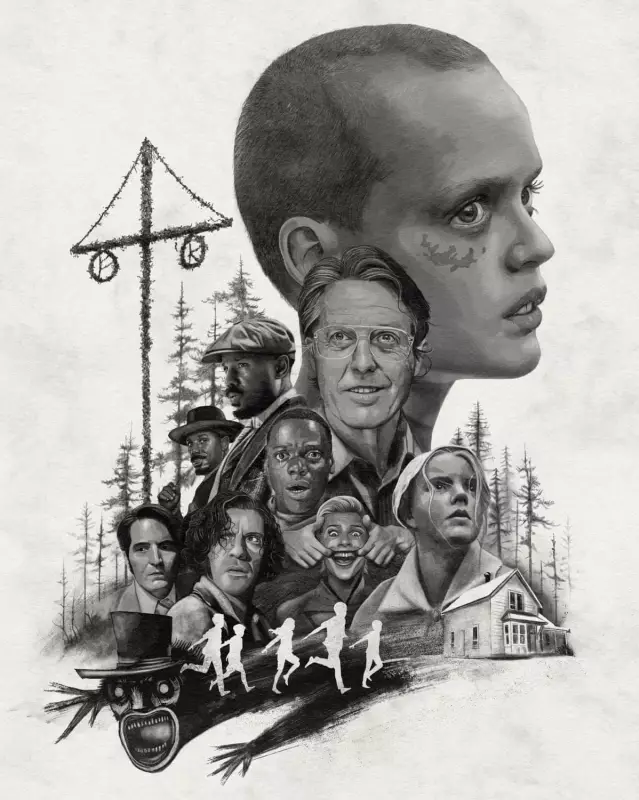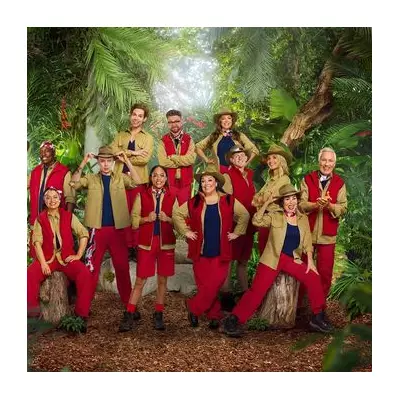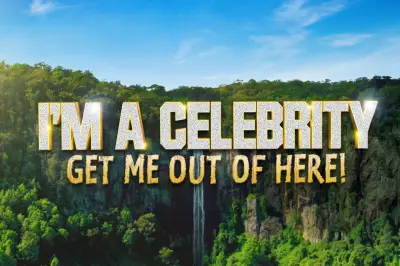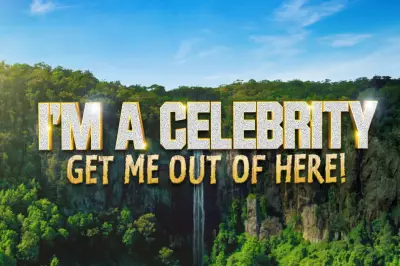
The landscape of horror cinema has undergone a dramatic transformation over the past three decades, evolving from jump-scare spectacles to sophisticated psychological narratives that haunt audiences long after the credits roll.
The Found Footage Revolution
The late 1990s marked a pivotal moment with The Blair Witch Project (1999), which pioneered the found-footage genre. This low-budget phenomenon demonstrated that true terror often lies in what remains unseen, using shaky cameras and amateur footage to create an unprecedented sense of realism that left viewers questioning whether what they witnessed was fiction or reality.
The Psychological Turn
The new millennium ushered in what many call 'prestige horror', with films like The Sixth Sense (1999) and The Ring (2002) elevating the genre through sophisticated storytelling and emotional depth. These films proved horror could deliver both critical acclaim and box office success while exploring complex themes of grief, family, and the supernatural.
The Social Horror Renaissance
Recent years have witnessed horror's powerful turn toward social commentary. Jordan Peele's Get Out (2017) masterfully weaponised the genre to expose racial tensions, while Ari Aster's Hereditary (2018) used family trauma as a vehicle for existential dread. These films demonstrate how contemporary horror has become a mirror for societal anxieties, from systemic racism to intergenerational trauma.
The Future of Fear
Today's horror continues to evolve, blending genres and exploring new frontiers of fear. The success of these transformative films has proven that audiences crave more than simple scares—they seek stories that challenge, provoke, and resonate on deeper psychological and social levels.





